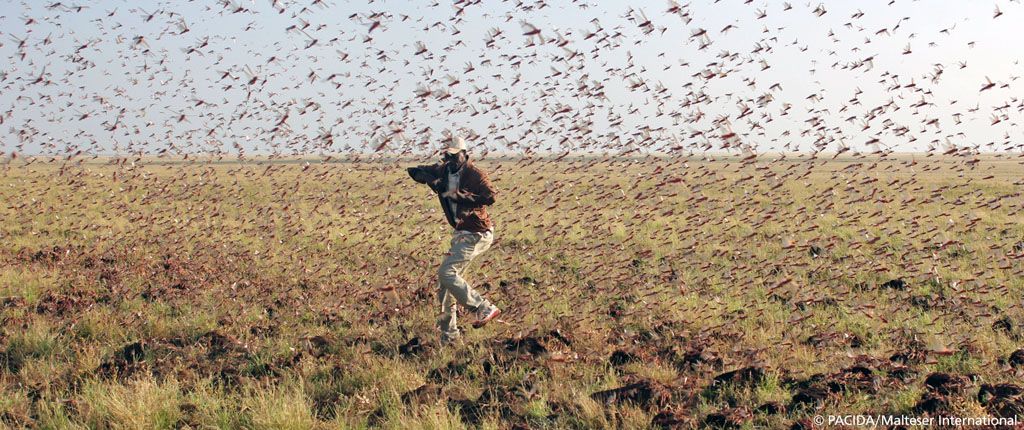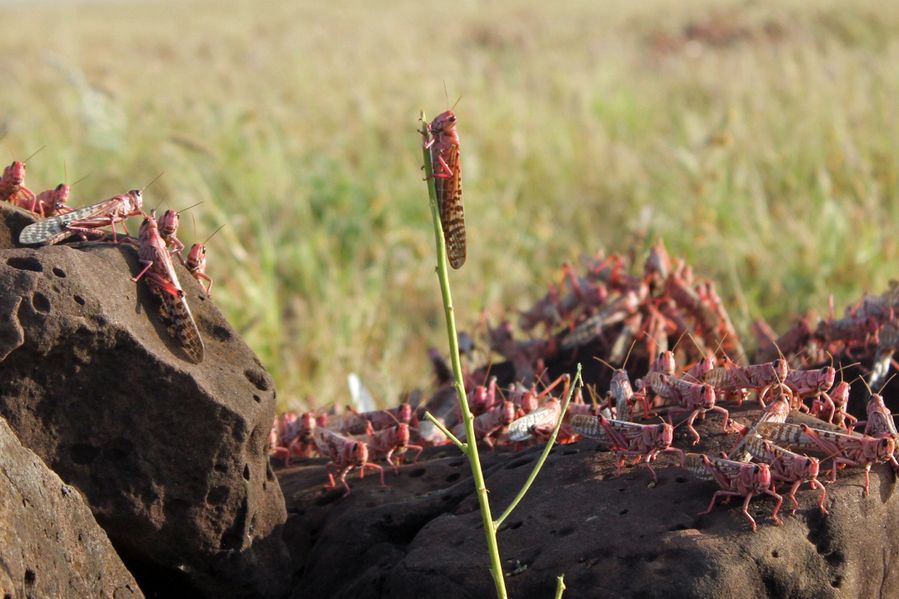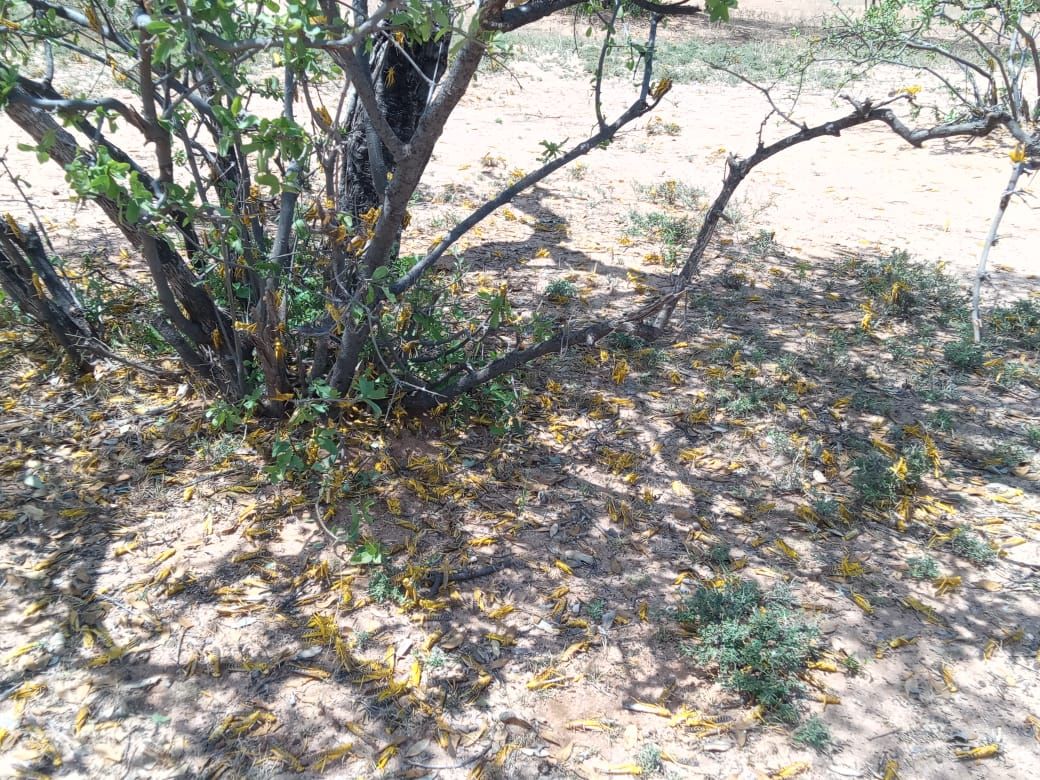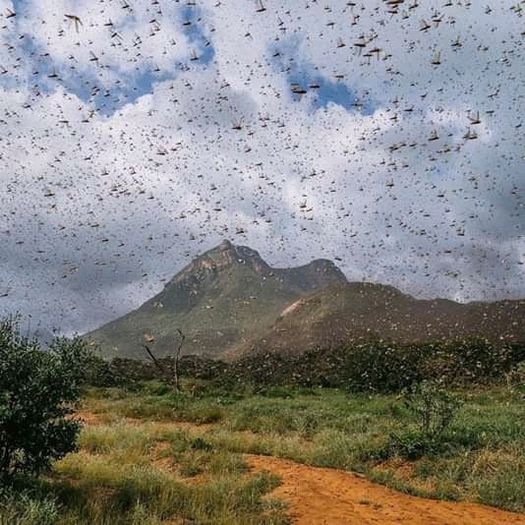Malteser International prepares response to locust infestation in Kenya
Vulnerable communities are facing severe food crisis as locust devastate crops
The impact of the infestation on food security and livelihoods of the rural population is of great concern. Malteser International is preparing to respond to the crisis in Marsabit county of northern Kenya, where vulnerable communities are already facing severe food insecurity following months of droughts and floods. These extreme weather conditions have created favorable breeding conditions for the desert locusts.
Read more













